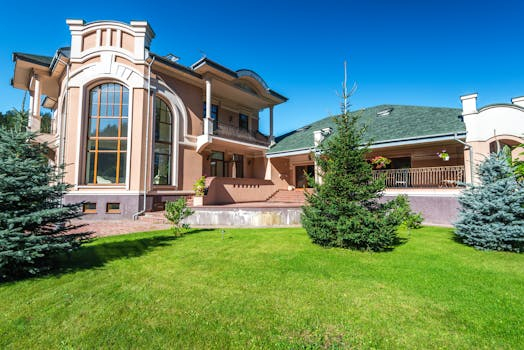Waterless Landscaping: Drought-Resistant Yards in High Demand
In recent years, the effects of climate change have become impossible to ignore. From severe droughts to intense heat waves, many regions around the world are facing the harsh realities of a changing natural environment. As a result, the demand for sustainable and eco-friendly solutions has never been greater. And in the world of landscaping, one trend in particular has been gaining popularity: waterless landscaping. In this article, we will explore the concept of waterless landscaping and why drought-resistant yards are in high demand.
The Rise of Waterless Landscaping
Traditional landscaping practices often involve using large amounts of water to maintain lush, green lawns and gardens. However, with the growing concern over water scarcity, many homeowners and businesses are turning to waterless landscaping as an alternative. This method involves using plants and materials that require little to no irrigation, while still creating a beautiful and functional outdoor space.
Benefits of Drought-Resistant Yards
There are many benefits to implementing a waterless landscaping approach. Perhaps the most obvious is the reduction in water usage, which can help to conserve this valuable resource. By choosing plants that are adapted to dry conditions and using techniques such as mulching to retain moisture, homeowners can significantly decrease their water consumption.
In addition to being more environmentally friendly, waterless landscaping can also save time and money. Because drought-resistant plants require minimal maintenance, there is less need for mowing, trimming, and fertilizing – all of which can be costly and time-consuming. And in some regions, municipalities offer rebates or incentives for switching to waterless landscaping, making it an even more attractive option.
Choosing the Right Plants
When creating a drought-resistant yard, it’s important to choose the right plants. Native species that are adapted to the local climate and soil conditions are ideal, as they are more likely to thrive without the need for excessive watering. Succulents, cacti, and other desert plants are popular choices for waterless landscaping, as they are well-suited to arid environments and require very little maintenance.
Designing a Waterless Landscape
The key to a successful waterless landscape is proper planning and design. By incorporating elements such as rock gardens, paths, and other hardscaping features, you can create a visually appealing outdoor space that requires minimal watering. Mulching is another important component of waterless landscaping, as it helps to retain moisture in the soil and prevents evaporation.
In addition to using drought-resistant plants and materials, implementing sustainable irrigation systems can also be beneficial. For example, drip irrigation can be more efficient than traditional sprinkler systems, as it delivers water directly to plant roots and avoids excess runoff.
The Future of Landscaping
As the effects of climate change continue to be felt around the world, it’s clear that waterless landscaping is more than just a passing trend. In fact, it’s likely to become the norm in many regions facing water scarcity. Not only does it offer environmental benefits, but it also provides a low-maintenance and cost-effective solution for homeowners and businesses alike.
In Conclusion
In a world where water is becoming an increasingly valuable resource, the demand for sustainable and water-efficient solutions is only going to grow. With its numerous environmental, financial, and aesthetic benefits, waterless landscaping is becoming a highly sought-after option for those looking to create beautiful and functional yards. By embracing this trend, individuals can help to conserve water and make a positive impact on the environment.








